
Vol. 69, No. 2
Spring/Summer 2016
Spring/Summer 2016

Vol. 69, No. 1
Fall/Winter 2015
Fall/Winter 2015
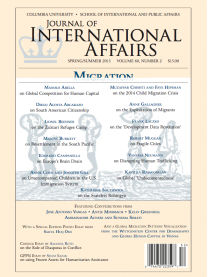
Vol. 68, No. 2
Spring/Summer 2015
Spring/Summer 2015
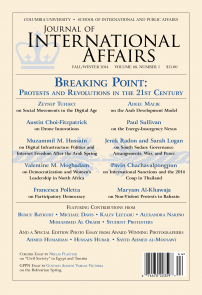
Vol. 68, No. 1
Fall/Winter 2014
Fall/Winter 2014
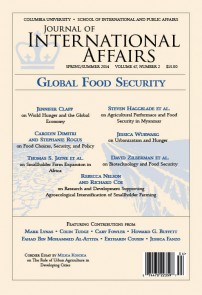
Vol. 67, No. 2
Spring/Summer 2014
Spring/Summer 2014
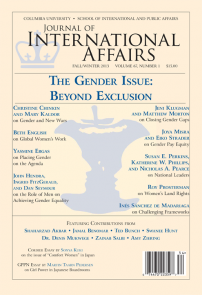
Vol. 67, No. 1
Fall/Winter 2013
Fall/Winter 2013
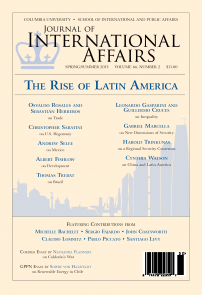
Vol. 66, No. 2
Spring/Summer 2013
Spring/Summer 2013
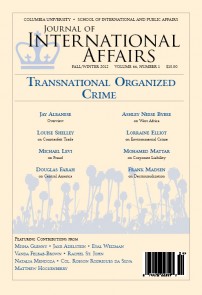
Vol. 66, No. 1
Fall/Winter 2012
Fall/Winter 2012

Vol. 65, No. 2
Spring/Summer 2012
Spring/Summer 2012

Vol. 65, No. 1
Spring/Summer 2011
Spring/Summer 2011
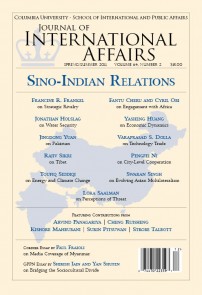
Vol. 64, No. 2
Spring/Summer 2011
Spring/Summer 2011
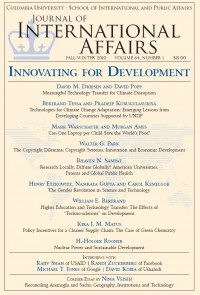
Vol. 64, No. 1
Fall/Winter 2010
Fall/Winter 2010
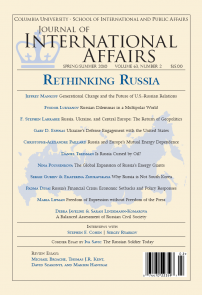
Vol. 63, No. 2
Spring/Summer 2010
Spring/Summer 2010
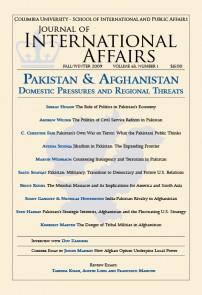
Vol. 63, No. 1
Fall/Winter 2009
Fall/Winter 2009
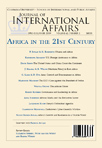
Vol. 62, No. 2
Spring/Summer 2009
Spring/Summer 2009
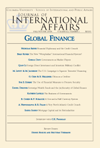
Vol. 62, No. 1
Fall/Winter 2008
Fall/Winter 2008
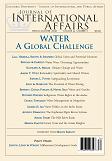
Vol. 61, No. 2
Spring/Summer 2008
Spring/Summer 2008

Vol. 61, No. 1
Fall/Winter 2007
Fall/Winter 2007
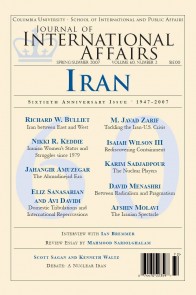
Vol. 60, No. 2
Spring/Summer 2007
Spring/Summer 2007
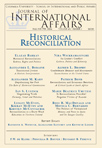
Vol. 60, No. 1
Fall/Winter 2006
Fall/Winter 2006
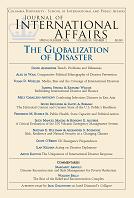
Vol. 59, No. 2
Spring/Summer 2006
Spring/Summer 2006
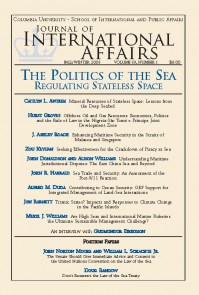
Vol. 59, No. 1
Fall/Winter 2005
Fall/Winter 2005

Vol. 58, No. 2
Spring/Summer 2005
Spring/Summer 2005

Vol. 58, No. 1
Fall/Winter 2004
Fall/Winter 2004
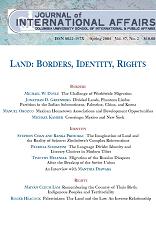
Vol. 57, No. 2
Spring/Summer 2004
Spring/Summer 2004
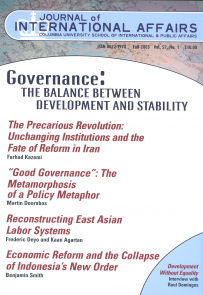
Vol. 57, No. 1
Fall/Winter 2003
Fall/Winter 2003
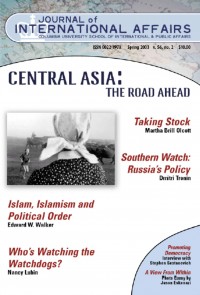
Vol. 56, No. 2
Spring/Summer 2003
Spring/Summer 2003
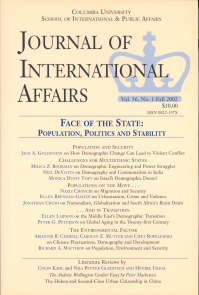
Vol. 56, No. 1
Fall/Winter 2002
Fall/Winter 2002
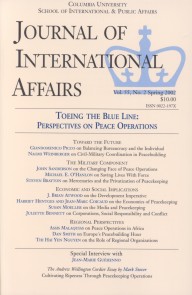
Vol. 55, No. 2
Spring/Summer 2002
Spring/Summer 2002
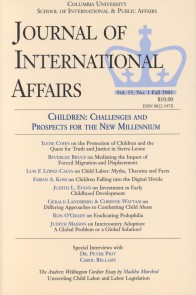
Vol. 55, No. 1
Fall/Winter 2001
Fall/Winter 2001
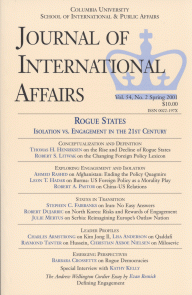
Vol. 54, No. 2
Spring/Summer 2001
Spring/Summer 2001
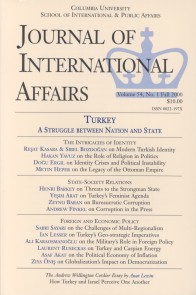
Vol. 54, No. 1
Fall/Winter 2000
Fall/Winter 2000
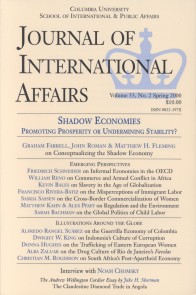
Vol. 53, No. 2
Spring/Summer 2000
Spring/Summer 2000
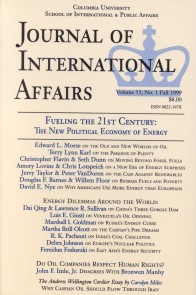
Vol. 53, No. 1
Fall/Winter 1999
Fall/Winter 1999
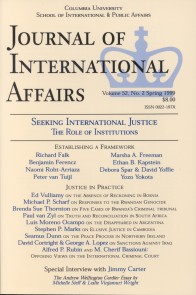
Vol. 52, No. 2
Spring/Summer 1999
Spring/Summer 1999
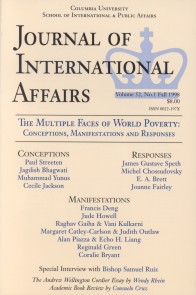
Vol. 52, No. 1
Fall/Winter 1998
Fall/Winter 1998
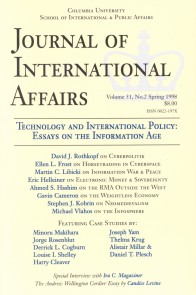
Vol. 51, No. 2
Spring/Summer 1998
Spring/Summer 1998
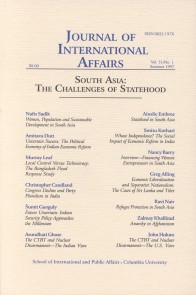
Vol. 51, No. 1
Fall/Winter 1997
Fall/Winter 1997
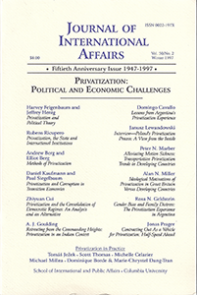
Vol. 50, No. 2
Winter 1997
Winter 1997
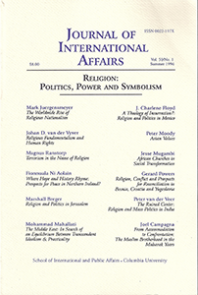
Vol. 50, No. 1
Summer 1996
Summer 1996
The Gender Issue: Beyond Exclusion
Vol. 67, No. 1, Fall/Winter 2013Article
Ethnic Diversity, Gender, and National Leaders
By Katherine W. Phillips
, Nicholas A. Pearce
, Susan E. Perkins
Regions Global Commons
Keywords: Development, ethnic fractionalization, gender, Leadership, women
Regions Global Commons
Keywords: Development, ethnic fractionalization, gender, Leadership, women
More on this article
National leaders have the ultimate responsibility to balance the needs of a diverse set of constituents in society while using their country’s unique set of resources to grow the economy and to gain comparative advantages. Diversity is known to be an extremely challenging factor to reconcile nationally and is negatively associated with GDP growth—in fact, high levels of ethnic diversity are associated with a 2 percent decline in GDP growth. In most countries throughout modern history, the role of the national leader has been played by men. Women historically have had limited opportunities to lead their countries and in many early cases, only by the failing of their husband’s health, or death, do they ascend to power. However, in the last decade, more women have been elected to lead their countries such as Ellen Johnson Sirleaf in the post-war torn Republic of Liberia, Angela Merkel who entered politics after the reunification of the Federal Republic of Germany, and most recently, Park Geun-hye in the Republic of Korea under the political platform of harmonious unification with the Democratic People’s Republic of Korea. With the rise in female national leaders, it begs the question of whether there are some conditions in which women might be more effective leaders than their male counterparts. This study examines the intersection of ethnic diversity, gender and leadership to explore the effectiveness of male versus female leadership in highly diverse societies, as compared to those that are ethnically more homogeneous. We examine a unique dataset of 5,709 observations of national leaders in 139 nations over more than five decades. We find that in more ethnically diverse nations, the presence of a female national leader is correlated with a 6.9 percent increase in GDP growth in comparison to having a male leader. We offer some plausible rationale for these patterns and discuss the policy implications of our findings.
Support versus Transformation in Development Financing: What Works to Close Gender Gaps?
By Jenni Klugman
, Matthew Morton
Regions Global Commons
Keywords: development aid, economic development, gender-mainstreaming, OECD, structural inequality, World Bank
Regions Global Commons
Keywords: development aid, economic development, gender-mainstreaming, OECD, structural inequality, World Bank
More on this article
Increased recognition of gender inequalities and their repercussions for human and economic development has prompted heightened attention to gender in development financing on the part of multilateral and bilateral institutions alike. The movement towards gender mainstreaming and gender-informed financing since the mid-1990s departs from a traditional gender-neutral approach. This has instigated some important gains for development, contributing to economic growth, poverty reduction, and better trajectories for the next generation. The World Bank, for instance, documents nearly US$31 billion of gender-informed lending in fiscal year 2013. In 2011, OECD countries contributed about US$20.5 billion towards gender equality and women’s empowerment projects. Development agencies, however, are yet to exploit the full potential of gender-mainstreaming. In particular, there is a substantial need to address the overlapping constraints in which gender inequality is structurally embedded.
Feature
Congo: No Peace Without Women
By Denis Mukwege
Regions Africa , Central Africa
Keywords: Congo, gender, intervention, Interview, political will, SGBV
Regions Africa , Central Africa
Keywords: Congo, gender, intervention, Interview, political will, SGBV
More on this article
The Journal interviews Denis Mukwege, a renowned Congolese gynecological surgeon and Nobel Peace Prize nominee. Dr. Mukwege is the founder and director of the Panzi Hospital, which treats victims of sexual violence in the Democratic Republic of the Congo (DRC). He is a firm advocate for the rights of women in the DRC and has addressed the UN General Assembly on the issue. Dr. Mukwege is also on the advisory committee for the International Campaign to Stop Rape and Gender Violence in Conflict.
News & Events
-
May
23
Call for Papers: Cyber
-
Apr
15
Announcing the 2016–2017 Editorial Board
-
Mar
23
Call for 2016-2017 Editorial Board Applications
-
Apr
21
Announcing the 2015-2016 JIA Editorial Board
-
Feb
19
Call for 2015-2016 Editorial Board Applications
-
Feb
17
Save the Date: Thought Leadership Forum, 28 April 2015
Connect
23 Call for Papers: Cyber
15 Announcing the 2016–2017 Editorial Board
23 Call for 2016-2017 Editorial Board Applications
21 Announcing the 2015-2016 JIA Editorial Board
19 Call for 2015-2016 Editorial Board Applications
17 Save the Date: Thought Leadership Forum, 28 April 2015
Loading Journal
One moment



